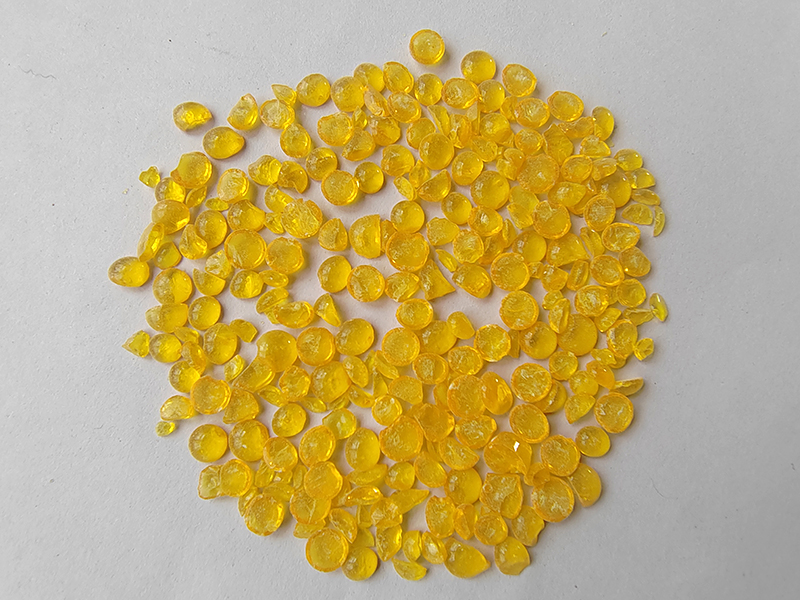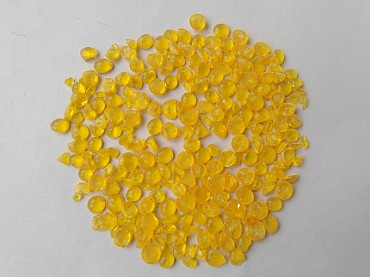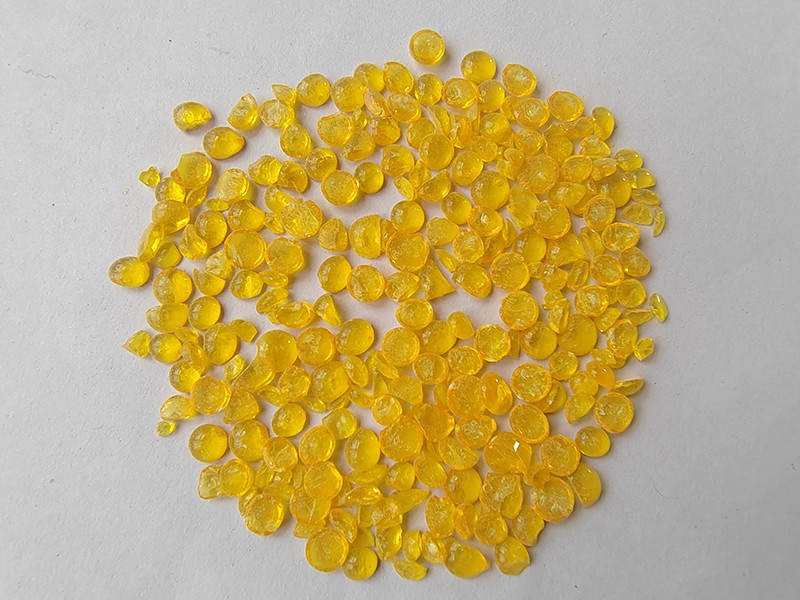
 Language
▼
Language
▼
More Language





Analysis of environmentally friendly resin technology
I. Material definition and classification
Chemical composition:
Environmentally friendly resins are based on renewable raw materials (such as plant extracts) or low-pollution monomers (such as low-VOC coumarone resins), and are prepared through green polymerization processes, covering bio-based resins, water-based resins and degradable resins.
Typical representatives include bio-based polylactic acid (PLA), water-based polyurethane and hydrogenated modified coumarone resins, and some models have passed environmental certifications such as RoHS and REACH.
Classification characteristics:
Biodegradable type: It can be decomposed into CO₂ and water in the natural environment, and the degradation cycle is ≤180 days (composting conditions).
Low VOC type: Benzene residues <100 ppm, in line with environmentally friendly coating standards such as GB 24409-2020.
II. Core environmental characteristics
Green performance:
Using plant-based raw materials (such as corn starch) instead of petroleum-derived monomers, the carbon footprint is reduced by more than 30%.
There is no heavy metal catalyst (such as tin) in the production process, and the COD value of wastewater is ≤50 mg/L, achieving clean production.
Functional compatibility:
The color number of hydrogenated modified coumarone resin is ≤5#, which is suitable for light-colored products and resistant to yellowing (ΔE<2.0@UV aging 500h), taking into account both environmental protection and aesthetic needs.
The VOC content of water-based polyurethane resin is <50 g/L, while maintaining excellent adhesion (cross-cut test up to level 1) and wear resistance (increased by 30%).
III. Main application areas
Environmentally friendly coatings and inks:
Water-based coumarone resin is used for architectural coatings, with a drying time shortened by 30%, water immersion resistance ≥48 hours, replacing traditional solvent-based products.
UV-curable resin achieves zero solvent emissions in printing inks, and the photoinitiator efficiency is >95%, which is suitable for sensitive scenarios such as food packaging.
Rubber and plastic modification:
Bio-based resin is blended with natural rubber, the tensile strength of vulcanized rubber is ≥18 MPa, and the biocarbon content is >30%.
Degradable resins (such as PLA) are used for disposable tableware, and the heat deformation temperature is increased to 120℃, meeting the needs of high-temperature use.
High-end environmentally friendly packaging:
The oxygen permeability of nanocellulose-enhanced resin film is less than 5 cm³/(m²·day), which extends the shelf life of food and can be completely composted.
IV. Technological development trends
Preparation process innovation:
Enzyme-catalyzed polymerization: The reaction temperature is reduced to 60℃ and energy consumption is reduced by 40% by using lipase to catalyze the synthesis of polyester resin.
Supercritical CO₂ foaming: Produce microporous foaming materials with a density reduction of 50% and a closed cell rate of >90%, which is used for lightweighting of automobiles.
Recycling technology:
Chemical depolymerization and recycling of coumarone resin, with a monomer recovery rate of ≥85%, to achieve closed-loop production.
Environmentally friendly resins are driving the chemical industry to transform towards a low-carbon and sustainable direction through raw material substitution, process optimization and functional upgrading.

 Address:Linzi District,Zibo City,Shandong Province
Address:Linzi District,Zibo City,Shandong Province E-mail:wanbang@wanbangresin.com
E-mail:wanbang@wanbangresin.com WhatsApp:+8615053337101
WhatsApp:+8615053337101
China C5 hydrogenated petroleum resin supplier : Shangdong Wanbang New Materials Co., Ltd.
C5 hydrocarbon resin manufacturer has a wide range of applications, high quality, low price, and multiple uses.Welcome to consult.